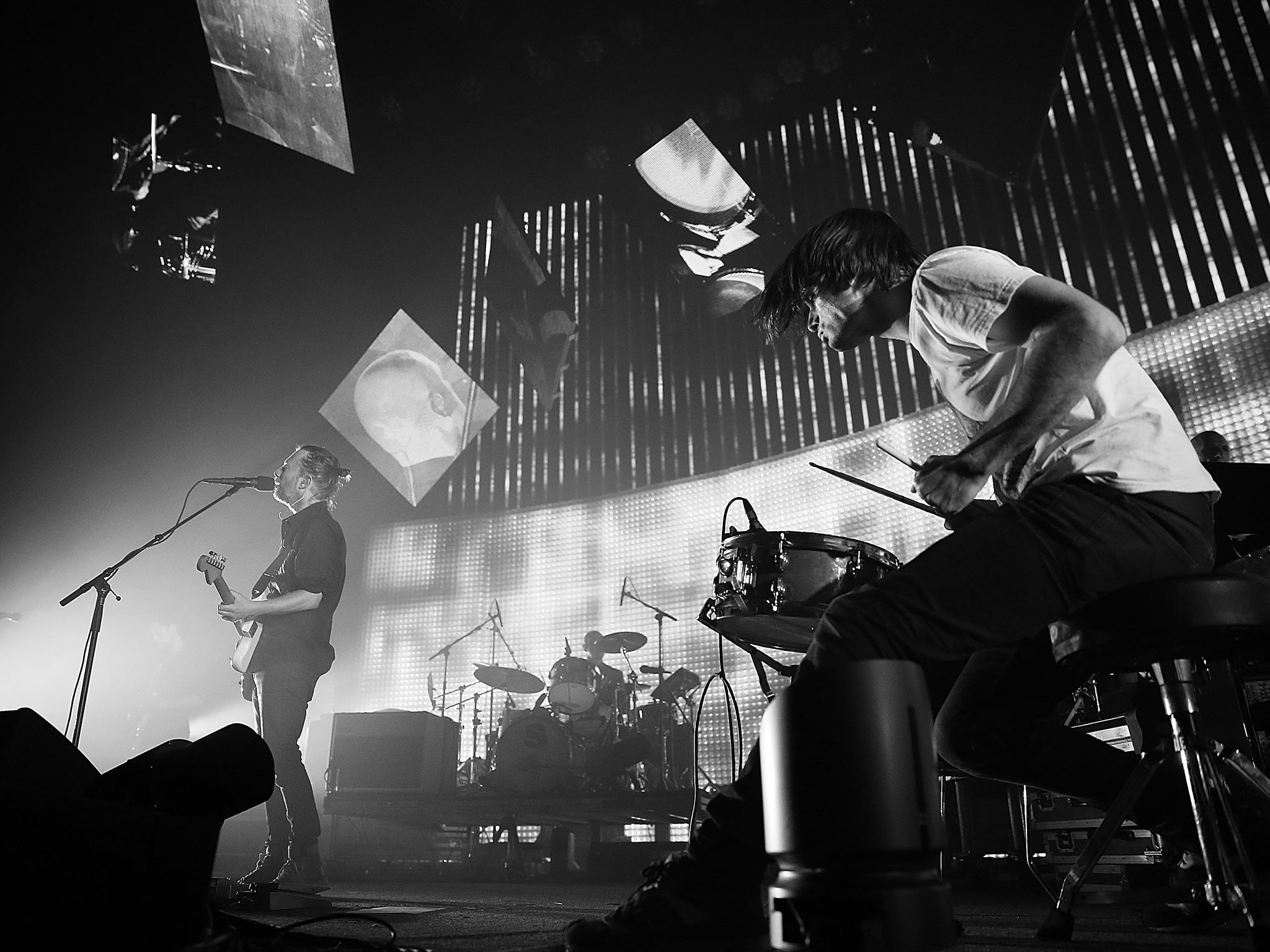Your support helps us to tell the story
From reproductive rights to climate change to Big Tech, The Independent is on the ground when the story is developing. Whether it's investigating the financials of Elon Musk's pro-Trump PAC or producing our latest documentary, 'The A Word', which shines a light on the American women fighting for reproductive rights, we know how important it is to parse out the facts from the messaging.
At such a critical moment in US history, we need reporters on the ground. Your donation allows us to keep sending journalists to speak to both sides of the story.
The Independent is trusted by Americans across the entire political spectrum. And unlike many other quality news outlets, we choose not to lock Americans out of our reporting and analysis with paywalls. We believe quality journalism should be available to everyone, paid for by those who can afford it.
Your support makes all the difference.A study which has claimed to scientifically identify which were pop’s most innovative and repetitive years has caused controversy through the researchers’ claim that The Beatles were not, as previously believed, all that innovative.
But, as with notions of Artificial Intelligence, it all depends how you define the terms of your study – and in this case, the simplistic definition deliberately excludes many of the characteristics that should be taken into account when judging innovation, in favour of those aspects which can be easily totted-up by a machine. Judging aesthetic worth in terms of chord-sequences, tones and “text-mining” is as pointless as judging visual artistry by the frequency of colour usage or the number of apples in a still-life: it’s just not asking the right questions.
Which is why the study, published this week by academics at London universities, completely ignores truly innovative breakthroughs such as the developments in signal-processing that enabled Jimi Hendrix to transform the sound of the guitar, or the way that Bob Dylan revolutionised not just the vocabulary of song lyrics but their delivery too, introducing inflections that embodied contempt, disdain, sarcasm and downright vituperation. But then how could those things be measured?
Then there are the cultural influences to be considered – things like Elvis being drafted into the army; the increase in spending power of black and working-class youth in the 1960s; and the effect of different drugs on the popular musical aesthetics of different eras. And rather than the broad-stroke approach of statistical analysis, it’s far more interesting to consider isolated moments of fundamental change: such as the fact that two of the greatest albums ever created, Blonde On Blonde and Pet Sounds, were released on the very same day (16 May, 1966).
But perhaps the study’s greatest failing is its chart-oriented purview, when it is clear that most innovation takes place at the margins. This is why punk is overlooked, and why hip-hop is deemed a feature of 1991, when the true innovations of such as Public Enemy and De La Soul occurred several years before that. If you’re only searching the (hardly incorruptible) charts, you’re only really exploring repetition anyway. And if it comes to that, what kind of scientific study treats repetition as something bad when considering an artform built on rhythmic repetition?
The years that made pop music great... and the ones that didn’t
1960
It might not have been as bad were it not for what happened in 1958, when Elvis Presley was drafted into the US Army, an event many still regard as a deliberate attempt by the establishment to kill off that dangerous rock’n’roll music. And it worked: Elvis was replaced by prefabricated teen icons like Fabian, Pat Boone (pictured) and Frankie Avalon, and pop again became the province of Middle of the Road novelty pap like “Volare” and “Itsy Bitsy Teenie Weenie Yellow Polka Dot Bikini”.
So when Elvis reappeared as the neutered balladeer of “It’s Now Or Never” and “Are You Lonesome Tonight”, the impact was crushing. Meanwhile, over in Hamburg, four young Brits make their first appearance as The Beatles.
1963
Motown’s first successes with Marvin Gaye, the Miracles, Martha & The Vandellas and the “12-year-old genius” Stevie Wonder laid the foundations for Berry Gordy’s “Sound Of Young America”.
Enjoy unlimited access to 100 million ad-free songs and podcasts with Amazon Music
Sign up now for a 4 month free trial (3 months for non-Prime members)
Enjoy unlimited access to 100 million ad-free songs and podcasts with Amazon Music
Sign up now for a 4 month free trial (3 months for non-Prime members)
Later in the year, Phil Spector unleashed his nonpareil A Christmas Gift To You, still the backbone of seasonal scheduling.
1975
1985
1997
But the genre was bursting at the seams, struggling to accommodate the huge success of Radiohead’s (pictured) neo-prog milestone OK Computer and the soundscaping innovations of The Prodigy and The Chemical Brothers, both of whom managed to achieve massive commercial impact with music which, in its incorporation of musique concrete techniques and sounds, brought the Avant-garde squarely into the pop mainstream. And who expected the Wu-Tang Clan to score a UK No 1 album?
2011
But 2011 really stands out for the cumulative impact of Cowellism, as the album charts were littered with the output of his telly talent shows, such deathless innovators as One Direction, Susan Boyle, JLS, Alfie Boe, Olly Murs (pictured), Joe McElderry, Matt Cardle, Rebecca Ferguson and Will Young.

Join our commenting forum
Join thought-provoking conversations, follow other Independent readers and see their replies
Comments